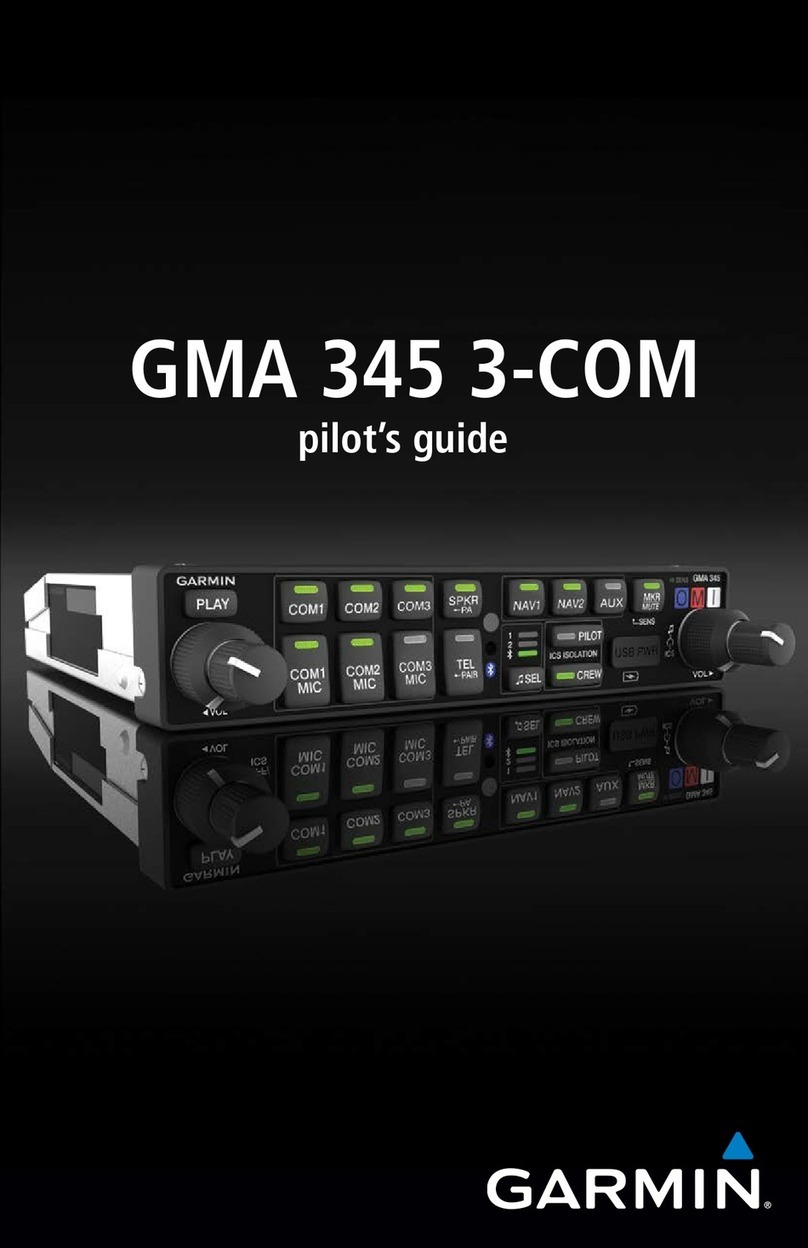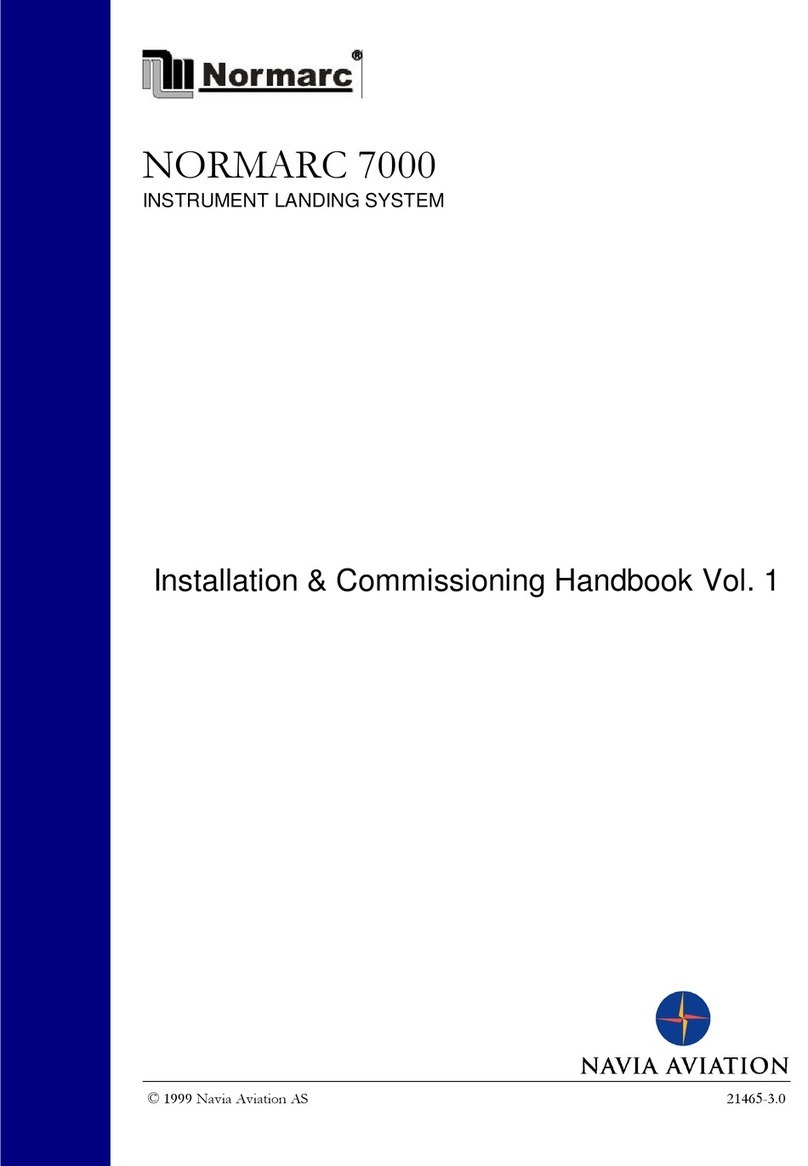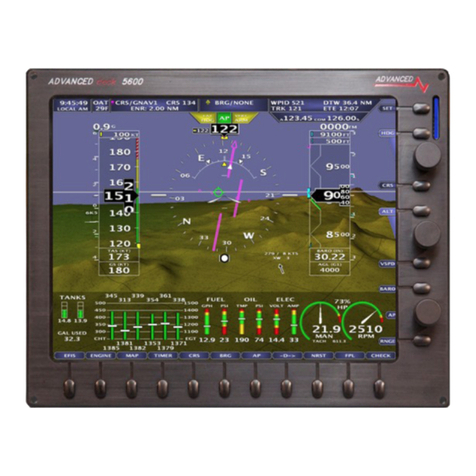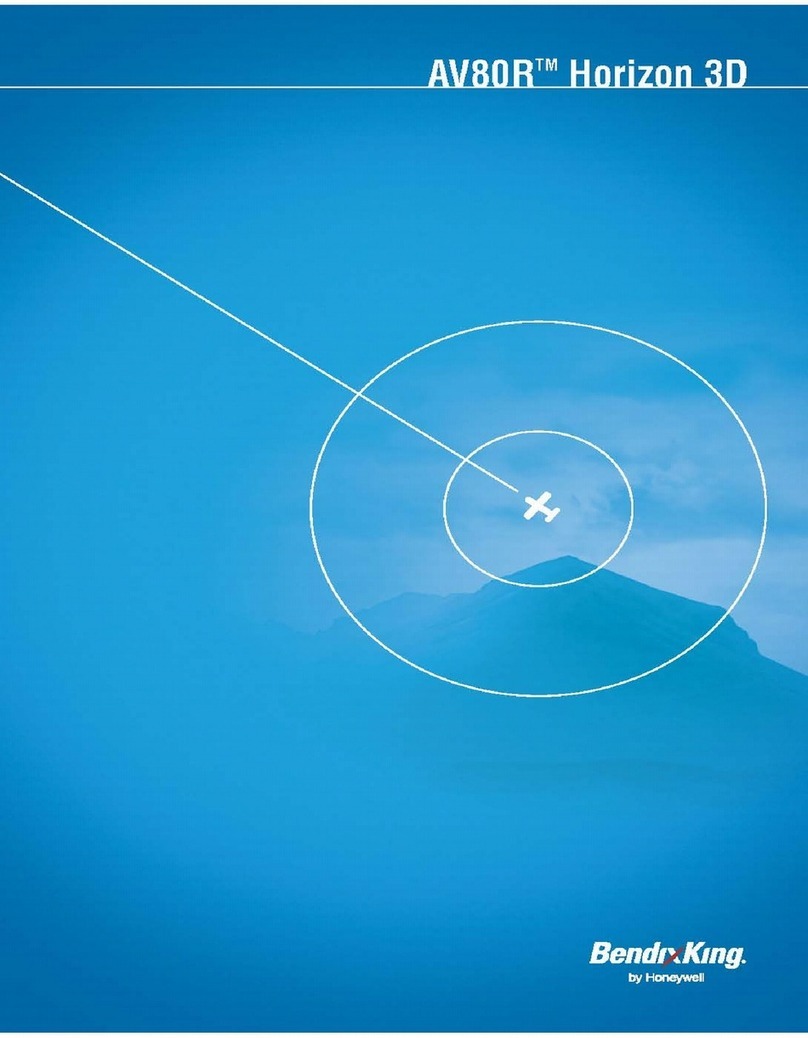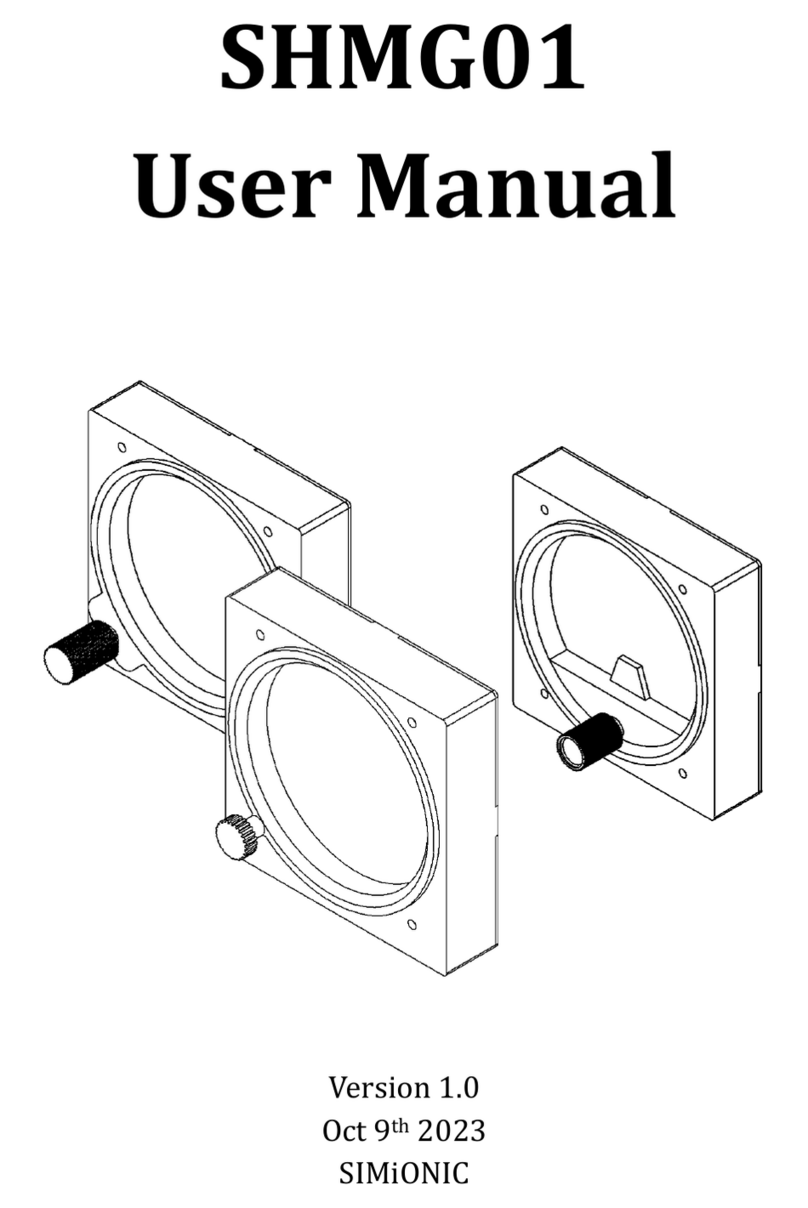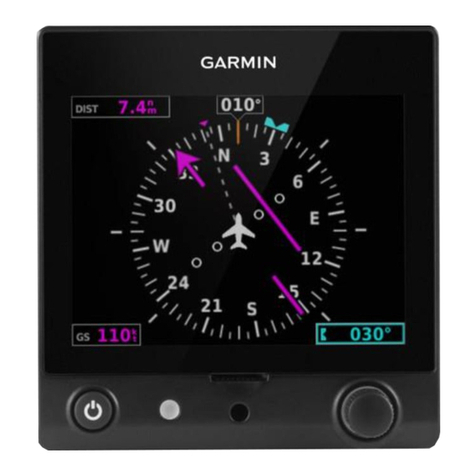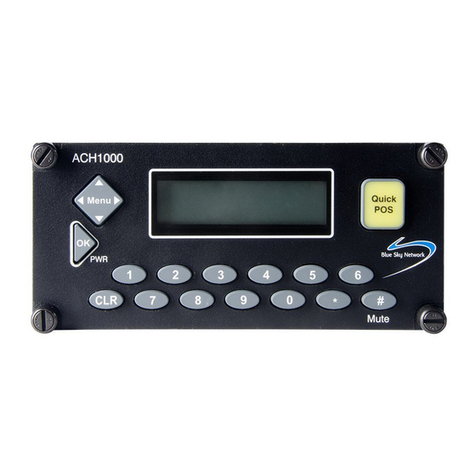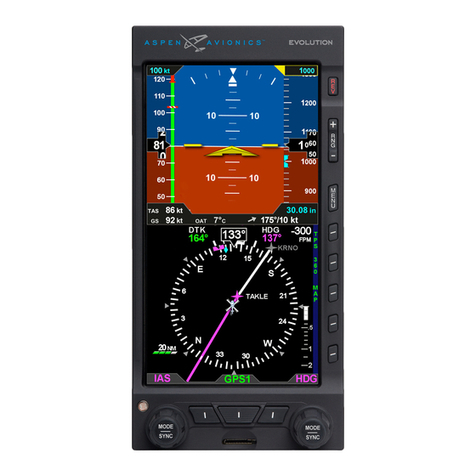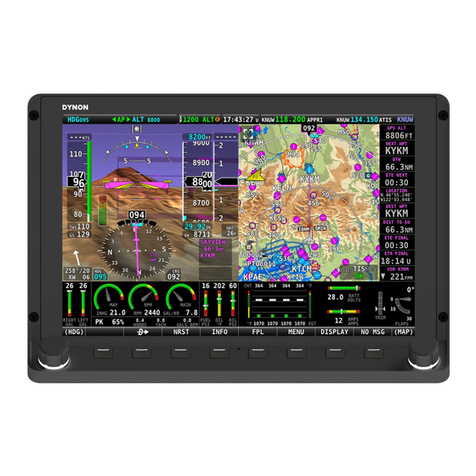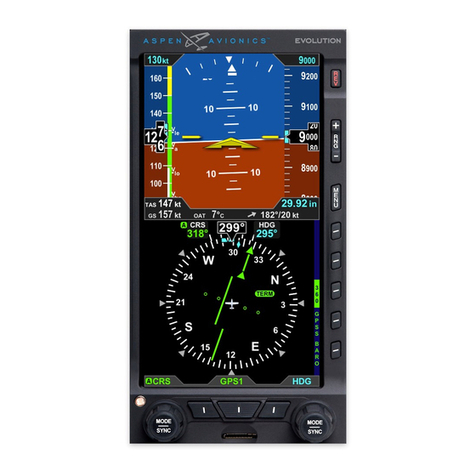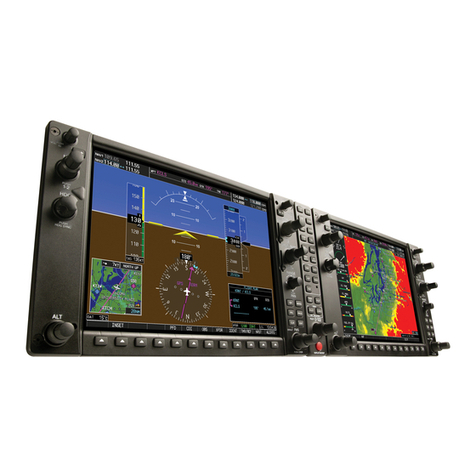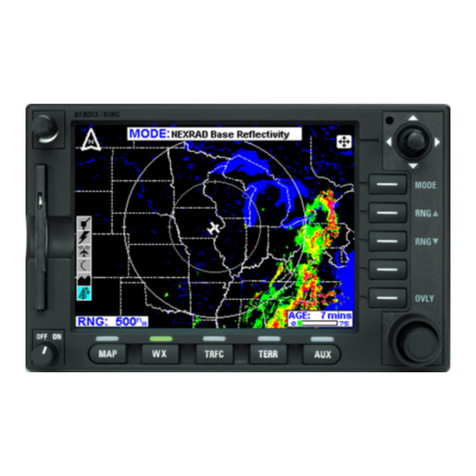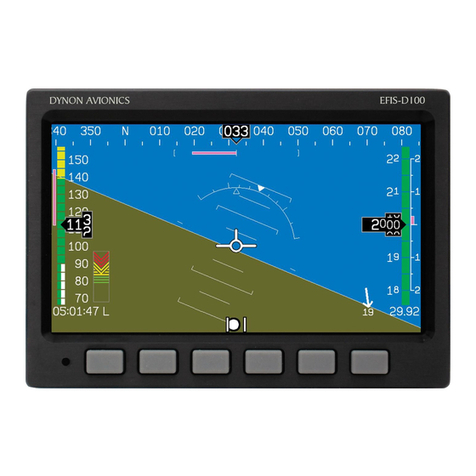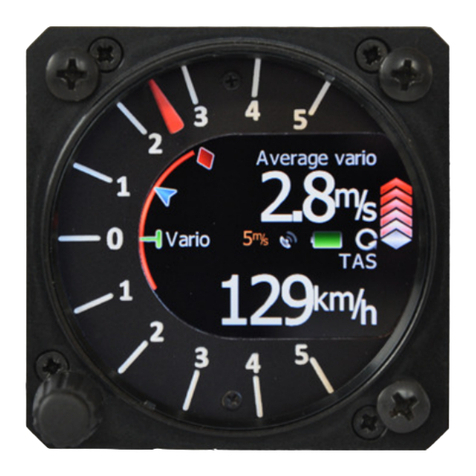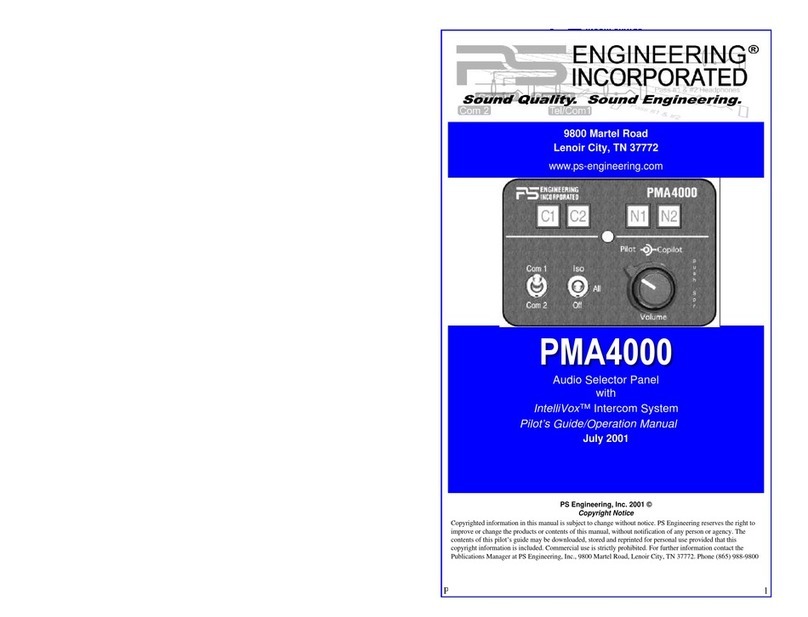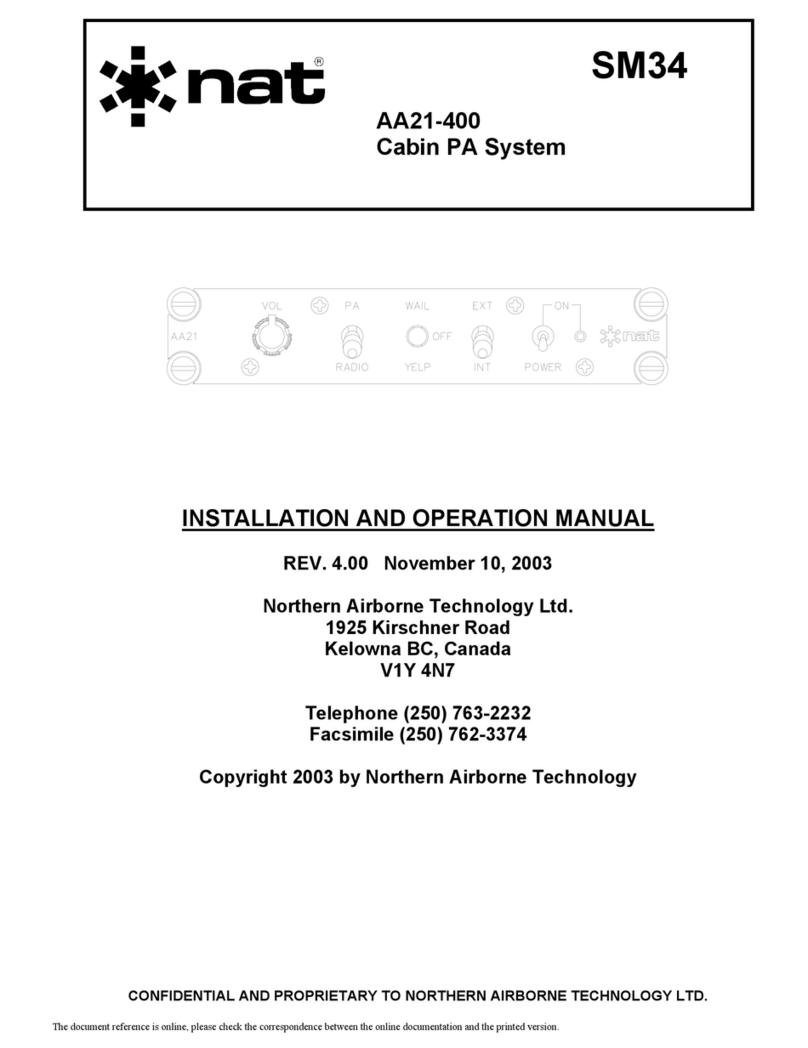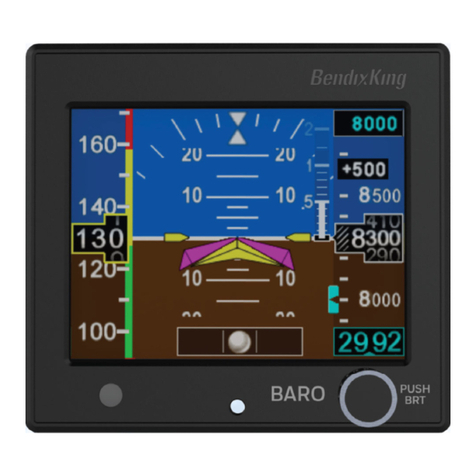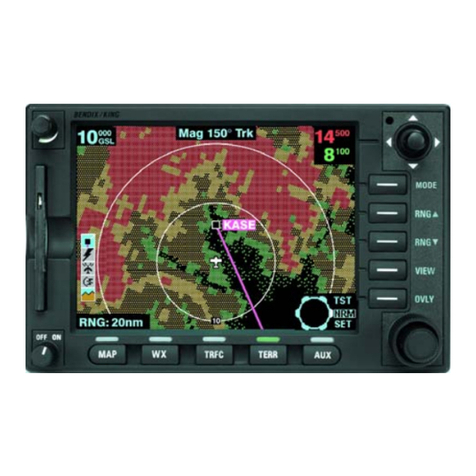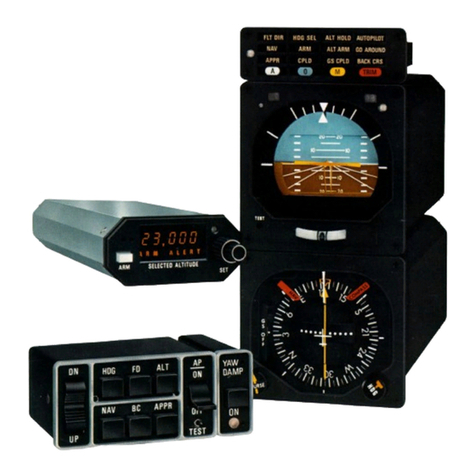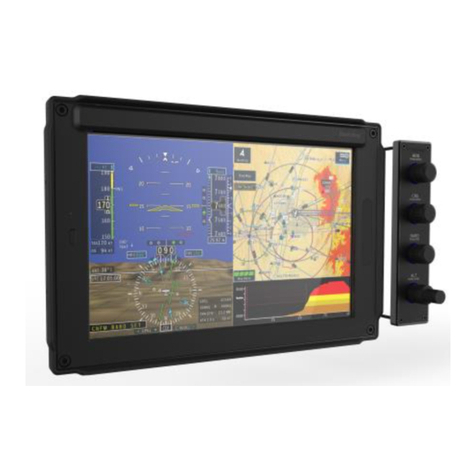
KI 204/206 KG 107
KA 185
KI 204/206 Course Deviation Indicator
The KI 204/206 displays the following:
VOR/LOC/GLIDESLOPE Deviations.
Course Select (06s).
TO/FROM Flag Indication.
The KI 204/206 is used with the KN
53,
KX
155
or KX 1758, and the KN 75
Glideslope Receiver. The KI 206 is used
with the KN
74,
KNS 80, KNS
81,
KX
165 or
KNC 610.
KG
107 Directional Gyro
The KG 107 Directional Gyro displays
Unslaved gyro magnetic heading infor-
Selected heading(HDG 'bug").
the following information:
mation.
The KG 107 is an air-driven directional
gyro indicator. Engine(s) must be running,
pressure or vacuum system operatingand
gyro up to speed before the system will
operate. Allow three minutes for the gyro to
come up to speed.
KI
525A Horizontal Situation Indicator
The
KI
525A is the display portion of
(HSI)
the KCS 55A Slaved Compass System and
displays the following:
Slaved gyro magnetic heading informa-
Selected heading(HDG "bug").
VOR/LOC/RNAV course deviation.
Glideslopedeviation.
KA 185 Mode Annunciator (Optional)
ciation display of all appropriateoperating
tion.
The KA 185 provides a parallel annun-
KI 525A
KAS 297B
modes and may be positioned on the panel
in the pilot's normal scan.
(Optional)
130A Altimeter to providealtitude prese-
lectlalertingand vertical speed modes for
the KFC 150 and
KAP
150 systems.
System Monitor Description
Through the use of extensive monitor
circuits in the 100 series flight control sys-
tems, safer control of the aircraft is provid-
ed, since failures are predominantly
"soft"
(aircraftcontrol is automatically returned to
the pilot when a fault is detected). Because
of this safety factor, the 100 series flight
control systems are able to provide
smoother control of the aircraft due to
increased servo authority.
The internal monitors continuously
check for the presenceof operatingpitch
and roll microprocessors, adapter modules
(used to tailor the autopilot to individual air-
craft models), pitch and roll reference sig-
nals, proper internal voltages, trim power,
"runaway"auto trim, wrong directionof trim,
abnormal pitch attitude rates, and abnormal
roll attitude rates.
The trip levels for pitch and roll attitude
rates and duration are independently set on
the adapter modules for each aircraft.
Digital design allows the incorporation
of these monitors without the weight and
space penalties associated with previous
technology systems. Now these important
safety features are available to the opera-
tors of piston engine aircraft at a reasonable
price.
KAS
297B Altitude Selector
The KAS 2978 is used with a KEA
12




















